I see the sleeve roses are back at the Home Depot and other places. These roses are encased in cardboard sleeves and the canes are heavily waxed with green wax to prevent sprouting. Most of them are tea or florabunda roses and thus not hardy to this area. Still people buy them and I often wonder if they are disappointed that the plant does not return the next spring. There should be a warning label on the sleeve.
Occasionally you find a hardy rose, such as a Canadian Explorer rose, in the pile. (for a list of hardy roses, watch this space). If you find a hardy rose, you have a bargain because sleeve roses are usually under 10$ while pot roses in the nurseries run 15$ and up.
Sleeve roses take ages to get going in the garden. The wax is heavy and retards the growth. They need a long season.
You can start one now in a large pot if you have a large, warm, indoor space. I have planted them inside the porch in Pro Mix (compost frozen still) and added a handful of Epsom salts, some rose fertilizer and some transplant liquid. I muscle the pot outside about the end of May and they will bloom before the summer ends. I have grown these varieties: Peace, Queen Elizabeth, Mr. Lincoln, Chicago Peace and Iceberg and they all have given excellent results. I put a few pansies and other annuals around the base of the roses.
However, at the end of the season, it is better to toss the rose on the compost. I have managed to carry non-hardy roses over but usually only for one more season and they do not give as much bloom the second year. At one time, I buried non-hardy roses in a four-foot deep trench and dug them up in the spring, alive and sprouting but still slow to bloom.
I have also used rose cones filled with peat moss and mounded up compost around them. (if you use a Styrofoam rose cone be sure to put a brick or rock on top or it will blow away. Also dogs love to chew them up, leaving you with a million styro pellets to pick up in the spring) After that, it all depends on the Thunder Bay winter weather. If we get lots of snow, you may luck out. The next problem is storing the styro cones because, if you put them in a back shed, the mice love them - ah the problems of a gardener!
Spring comes and you remove the protection around the not so hardy roses and stare at them, green stems and brown, mostly brown. What is alive and what is dead? In our climate, some will definitely be dead. Don't leap for the clippers too soon. Unless the stem is broken or damaged, give it a fighting chance, at least until the middle of June. Even a root may send up a sprout.
Some people love the challenge of the non hardy roses but I now stick to the tough guys, the Canadians, who can take the winter.
Tuesday, 15 April 2008
Subscribe to:
Post Comments (Atom)

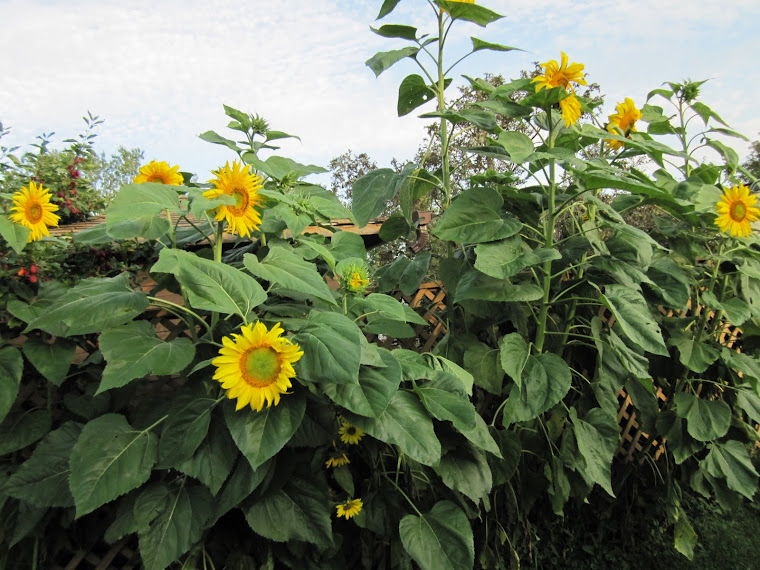

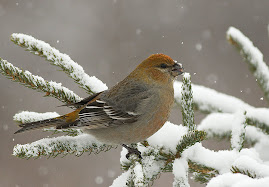



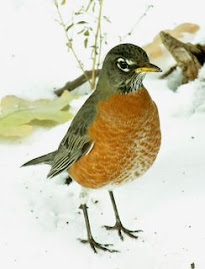


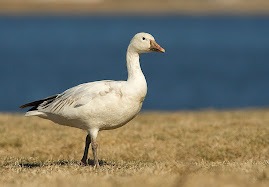




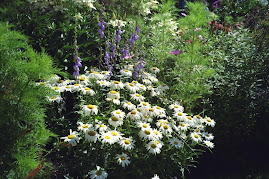
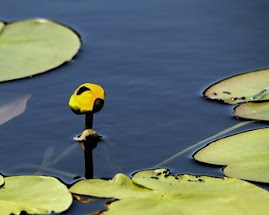


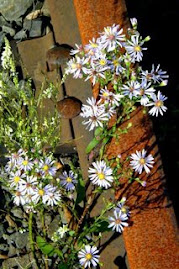
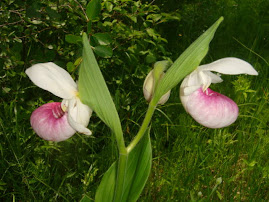

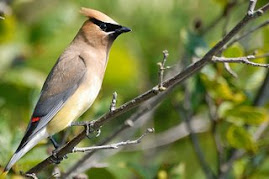
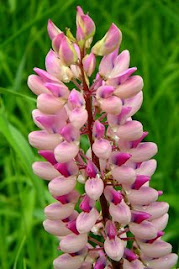
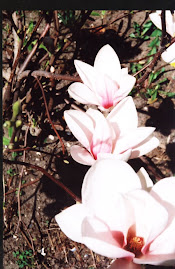

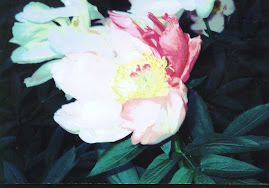
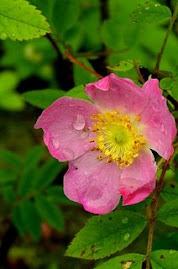



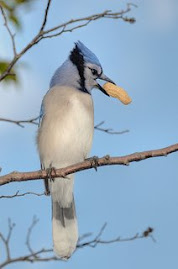



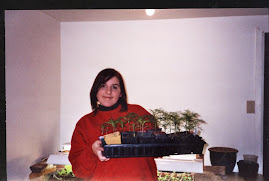
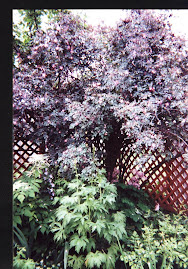
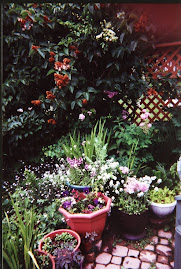

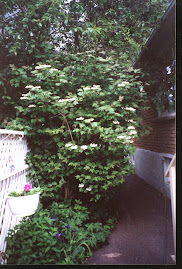
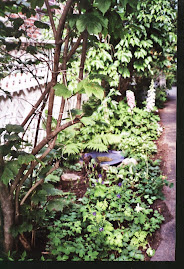


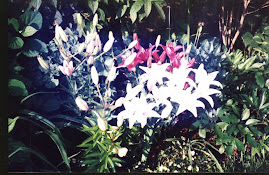




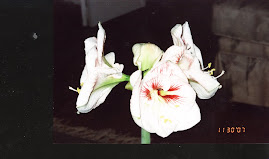



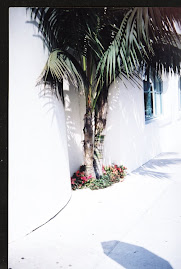
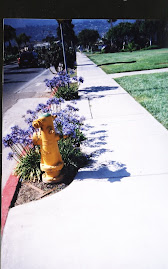

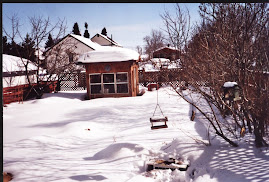
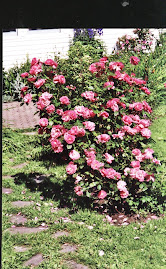
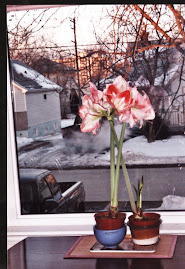

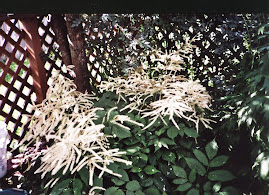








No comments:
Post a Comment